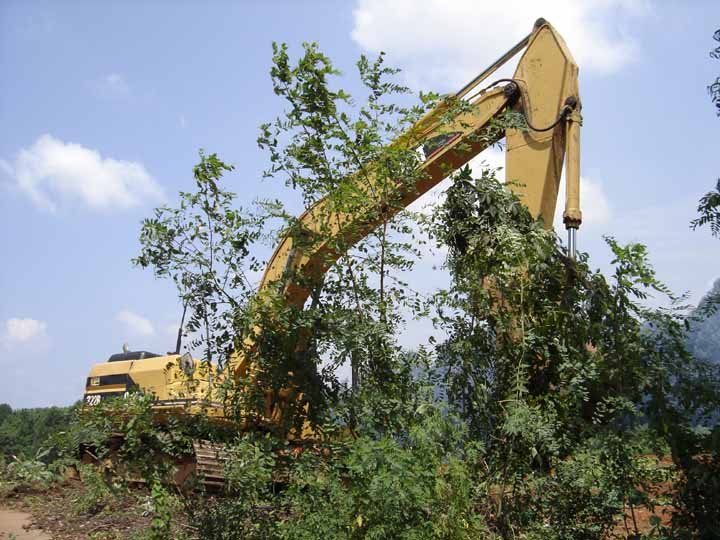
Low Density Sprawl impacts Food Security
Loss of Farmland
Creation of Food Deserts
Supply Chain Risk
Feedback Loops
Loss of Local Farmland
As the area of urban development expands outward prime farmland is paved over. It is estimated that Ontario loses 175 acres of farmland to urban development every day. This is a significant problem because, as a finite and non-renewable resource, when we pave over farmland, we can never get it back. Given the projected population growth in Southwestern Ontario we need to save all the farmland we can in order to feed ourselves. Much of the land in southern Ontario is considered prime farmland, or class 1, 2 and 3, given its ability to produce high yields and its resiliency to unpredictable weather conditions. This is of particular importance as other areas in North America may no longer be able to grow certain crops as a result of a changing climate.
Creation of Food Deserts
Food deserts are areas where it is difficult to buy affordable or good quality fresh food. A low density newly developed neighbourhood will not attract a supermarket, big-box supercenter or other healthy grocery stores within close proximity. Alternatively, more compact neighbourhoods are likely to support a greater number of grocery stores and other healthy food options in close proximity. More compact regions reduce racial and income segregation, thus allowing for a greater opportunity of stores offering healthy food to enter the community.
Supply Chain Risks
As local food production is lost or is reduced as a percentage of total consumption there is greater emphasis placed on importing food from afar. This comes with greater risk relating to shipping disruptions, customs, political upheaval, extreme weather events or crop failures. There is also typically a greater carbon footprint with importing food particularly associated with emissions relating to transportation. Although, urban agriculture is an important strategy to pursue it cannot replace the loss of large scale farmland.
Feedback Loop
As low density sprawl makes climate change impacts worse there is a feedback loop that impacts food production. The anticipated number of days with high temperatures is expected to increase which will likely lead to lower yields for many crop types. Additionally, the increased frequency of extreme weather events such as heat waves, storms, drought and pests associated with climate change leads to lower crop yields and an increased risk of crop failure.









